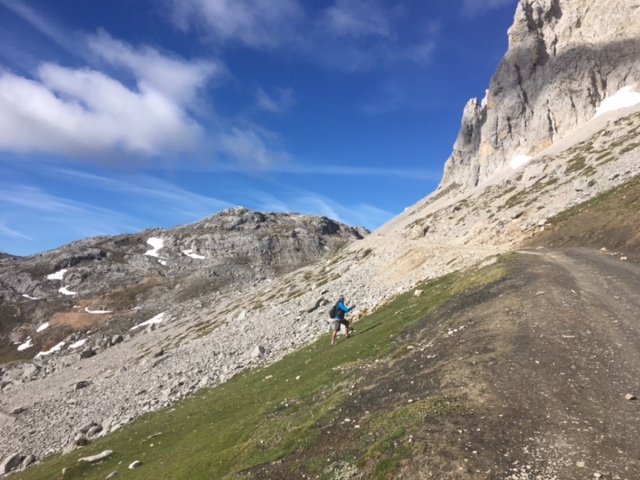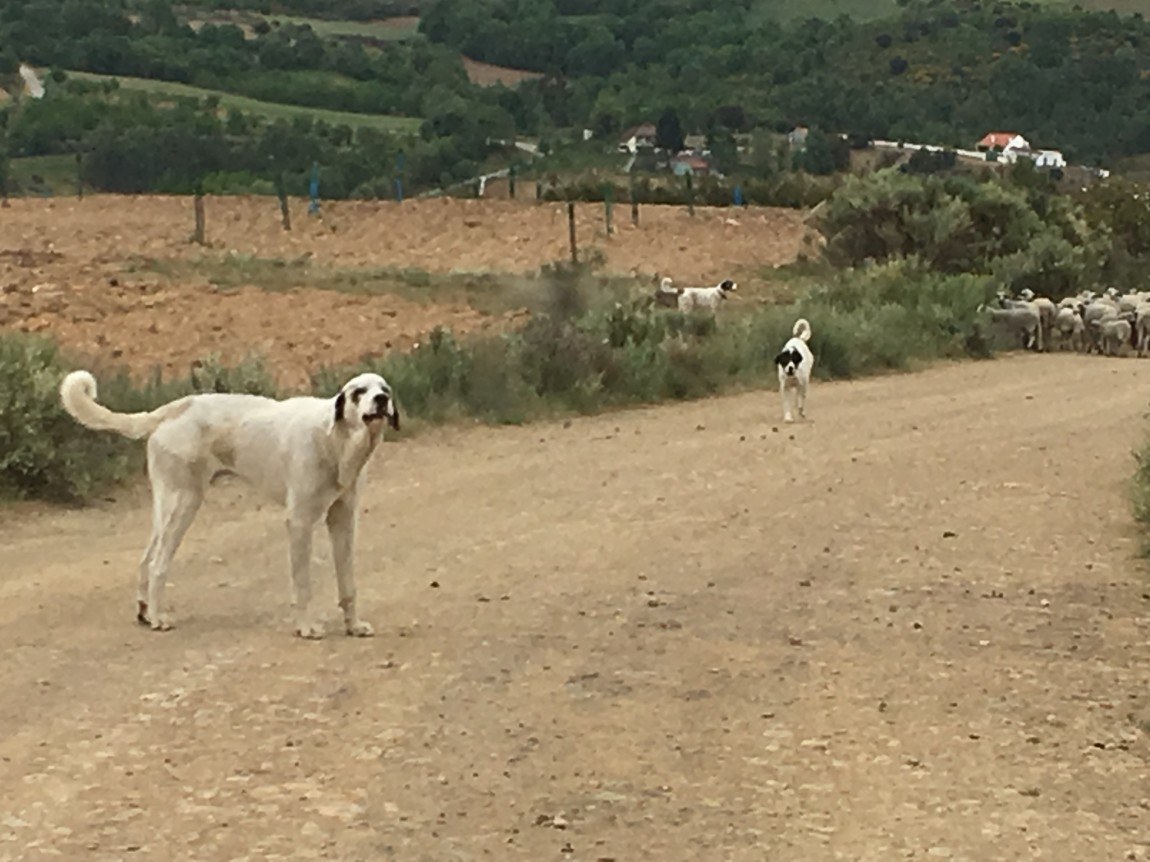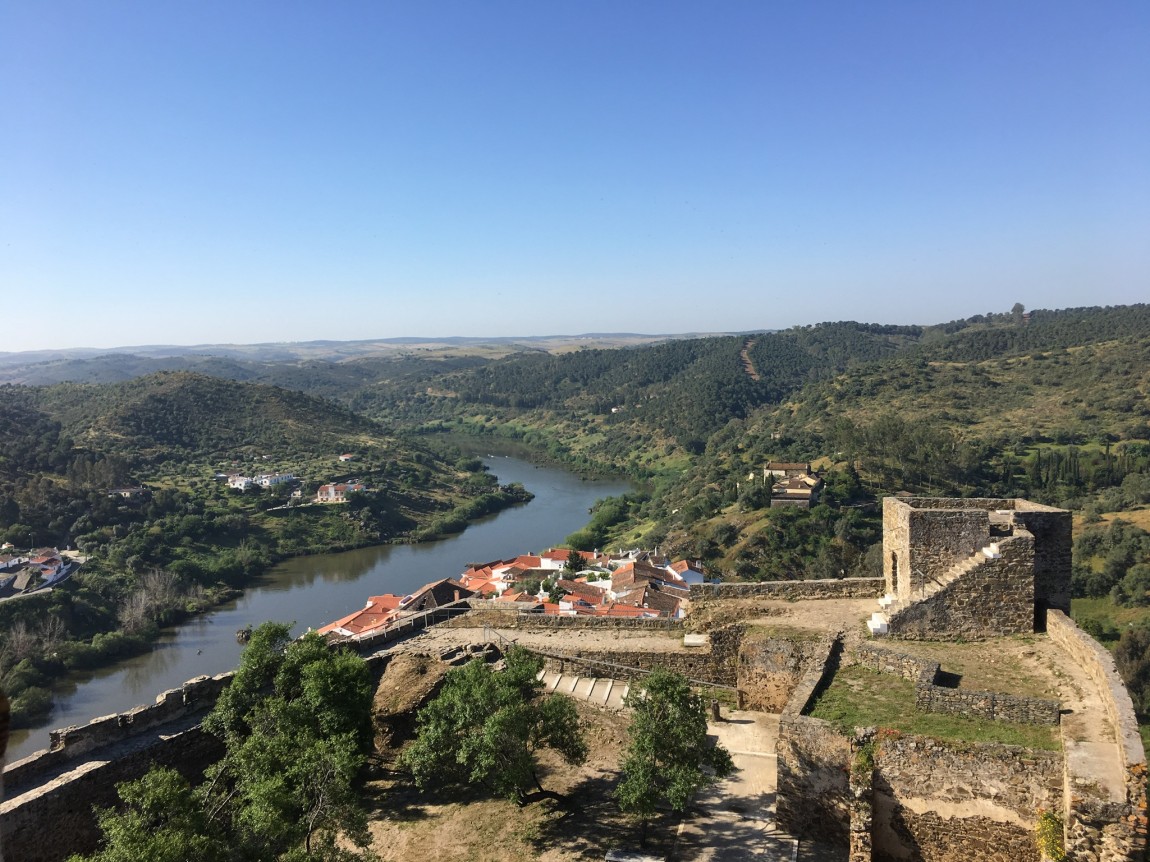From Montesinho, northern Portugal we moved through the rain to the mountains of Potes. We couldn’t complain as this was the first rain we had experienced in over a month.
From the sparse mountains of Montesinho, over the border just ten minutes away, we travelled through countryside that looked very much like Waiouru! Bare with only a few settlements and lots of gorse. This soon gave way to rivers and green hillsides.
After a hot meal en route we came across fields and fields of wild daffodils just below Riano. Not just little miniature alpine Daffs like we had seen on our hikes, but quite large ones similar to what we would grow in our gardens at home in New Zealand. How amazing. The rain didn’t keep us in the car long! I’m sure the locals thought we were completely mad – but then that wouldn’t be the first time.
Potes turned out to be all it said in the guide books. The perfect base for exploring the east side of the Picos. We were here four nights and could easily have stayed seven if the weather had been better. Luckily the next morning dawned fine, sunny and slightly warmer. We drove to the Fuente De chair lift just before 9am – it’s only 20mins drive from Potes – and found ourselves the only ones there apart from the staff. What a huge bonus. We were the first on the mountain and had it all to ourselves! Gentians greeted us the minute we left the buildings and by the time we had completed the short climb to the top the day was perfect and not a breath of wind. So, so, so lucky.
The next five hours were spent drifting down the mountainside tripping from one patch of alpine flowers to the next, occasionally taking a breath to enjoy the splendour of the soaring peaks around us.









